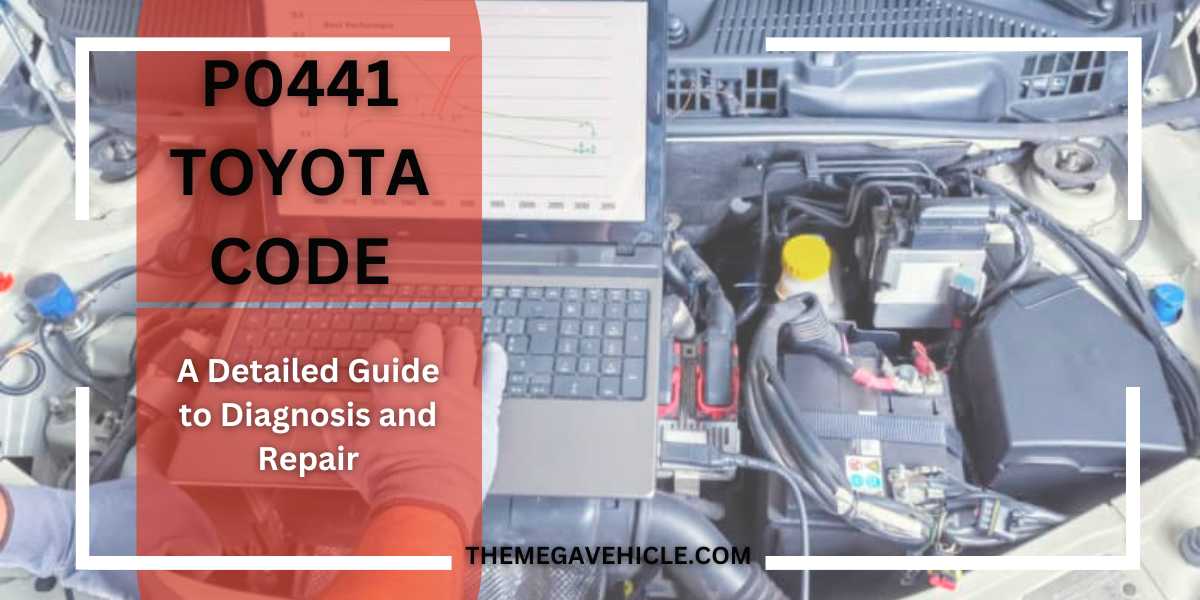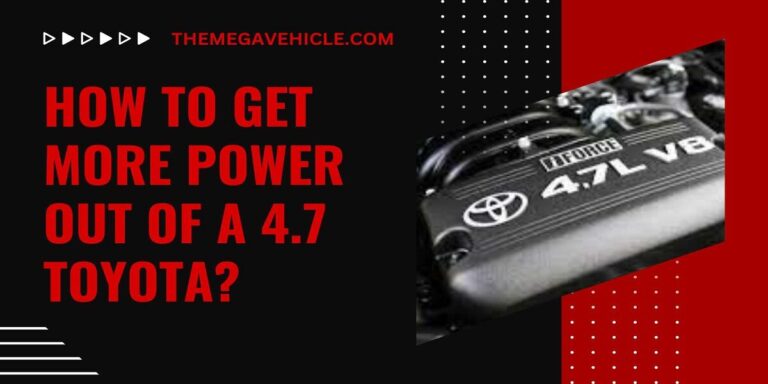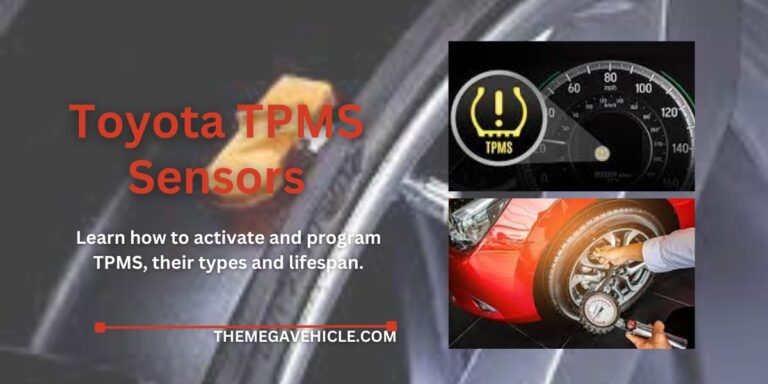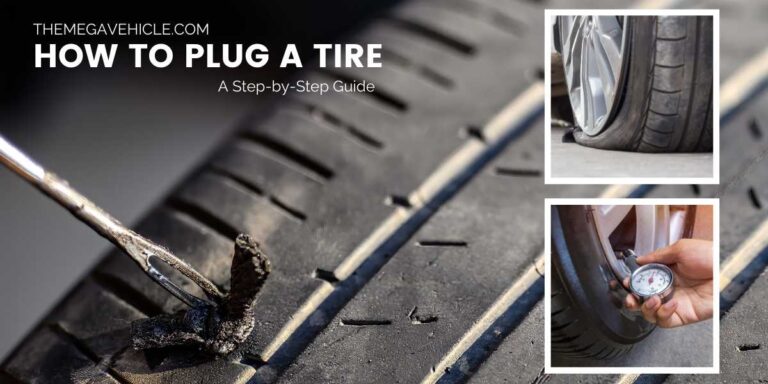P0441 Toyota Code: A Detailed Guide to Diagnosis and Repair

Navigating the labyrinth of automotive diagnostics, trouble codes stand as beacons of potential problems within a vehicle’s intricate systems. Among these codes, the P0441 error code holds particular significance for Toyota owners, signaling a malfunction in the vehicle’s Evaporative Emissions Control (EVAP) system, a crucial component in curbing harmful emissions.
Understanding the EVAP System and the P0441 Code
The EVAP system plays a pivotal role in capturing and managing fuel vapors that would otherwise escape into the atmosphere, contributing to air pollution and ozone depletion. This system effectively collects and stores these vapors within a charcoal canister until the engine is ready to burn them during combustion.
The P0441 error code, when triggered on a Toyota vehicle’s diagnostic scanner, signifies a disruption within the EVAP system. Specifically, this code points to an incorrect purge flow, indicating that the system is not efficiently transferring fuel vapors from the canister to the engine for combustion.
Factors Contributing to the P0441 Error Code
Several factors can trigger the P0441 error code, including:
- Faulty Purge Valve: The purge valve, controlled by the engine computer, regulates the release of fuel vapors from the canister. A malfunctioning solenoid can either fail to open or remain open, causing an incorrect purge flow.
- EVAP Line Leaks: Cracks or holes in the EVAP lines, which transport vapors from the fuel tank to the canister and purge valve, can lead to leaks, preventing the system from effectively capturing and transferring vapors.
- Damaged Charcoal Canister: The charcoal canister, responsible for storing fuel vapors, can become damaged or clogged, impeding its ability to absorb and release vapors as needed.
- Malfunctioning Fuel Tank Pressure Sensor (VPS): The VPS monitors the pressure within the fuel tank and EVAP system and sends signals to the engine computer. A faulty switch can provide inaccurate readings, disrupting the system’s operation.
- Faulty EVAP System Vacuum Switch: The EVAP system vacuum switch monitors the pressure differential between the EVAP system and the atmosphere. If the switch is faulty, it can provide inaccurate readings to the ECM, disrupting the system’s operation and potentially triggering the P0441 code.
Diagnosing the P0441 Error Code in Toyota Vehicles
The P0441 error code often encountered in Toyota vehicles indicates a malfunction within the Evaporative Emissions Control (EVAP) system. This system plays a critical role in reducing harmful emissions by capturing and managing fuel vapors that would otherwise escape into the atmosphere. When the P0441 code appears, it signifies an incorrect purge flow, meaning that the system is not effectively transferring fuel vapors from the canister to the engine for combustion.
Diagnostic Measures: Unraveling the Mystery
To effectively diagnose the P0441 error code, a combination of visual inspection, pressure testing, electrical testing, and scan tool analysis is typically employed.
Visual Inspection: A Keen Eye for Clues
- Gas Cap: Scrutinize the gas cap for cracks, damage, or a loose fit that could allow air leaks, disrupting the EVAP system’s vacuum.
- EVAP Lines: Carefully inspect the EVAP lines for cracks, holes, or loose connections that could cause leaks, preventing proper vapor collection and transfer.
- Charcoal Canister: Examine the charcoal canister for signs of physical damage or excessive dirt buildup that could hinder its ability to absorb and release vapors.
- Purge Valve Solenoid: Look for any signs of electrical damage or loose connections that could affect the functionality of the purge valve solenoid.
Pressure Testing: Putting the System Under Pressure
Utilize a pressure tester to assess the integrity of the EVAP system and identify any leaks or pressure abnormalities:
- Connect the Tester: Connect the pressure tester to the designated EVAP system port.
- Apply Pressure: Apply pressure to the system and closely monitor for pressure drops, indicating leaks in the hoses, connections, or the charcoal canister itself.
Electrical Testing: Checking the Electrical Pulse
Verify proper voltage and continuity of the purge valve solenoid, EVAP system vacuum switch, and other electrical components using a multimeter or other electrical testing tools.
- Testing Connections: Check for faulty electrical connections or damaged wiring that could be disrupting the electrical signals.
- Component Replacement: Replace any components with faulty electrical connections or damaged wiring to restore proper electrical flow.
Scan Tool Analysis: Diving into Diagnostic Data
- Retrieving Data: Employ a diagnostic scan tool to retrieve additional trouble codes or data specifically related to the EVAP system’s operation.
- Analyzing Information: Analyze the retrieved information to narrow down the possible causes of the P0441 code.
Fixing the P0441 Error Code in Your Toyota Car
To effectively address this issue, troubleshooting and fixing the P0441 error code involves identifying the root cause of the malfunction and implementing the appropriate repair measures.
A Step-by-Step Guide to Resolving the P0441 Error Code
- Gather Tools and Information: Before embarking on the repair process, ensure you have the necessary tools, such as an OBD-II scan tool, a set of wrenches or sockets, and a smoke machine (optional). Additionally, gather information about your vehicle’s specific EVAP system components and their locations.
- Initial Diagnosis: Connect the OBD-II scan tool to your vehicle’s diagnostic port and retrieve the P0441 error code along with any accompanying information. This initial diagnosis provides a starting point for troubleshooting.
- Visual Inspection: Begin by visually inspecting the EVAP system components, including the gas cap, EVAP lines, charcoal canister, and purge valve solenoid. Look for signs of damage, cracks, or loose connections that could be causing leaks or disrupting the system’s operation.
- Gas Cap Check: Tighten the gas cap securely to ensure a proper seal and prevent air leaks. If the gas cap is damaged, replace it with a new one.
- Smoke Test Procedure (Optional): If you have access to a smoke machine, perform a smoke test to identify leaks in the EVAP system. Introduce smoke into the system and use a smoke detector to locate any escaping smoke, indicating leaks in hoses, connections, or other components.
- Pressure Testing: Utilize a pressure tester to assess the integrity of the EVAP system. Apply pressure to the system and monitor for pressure drops, indicating leaks or possible issues with the charcoal canister or purge valve.
- Electrical Testing: Check the electrical connections and functionality of the purge valve solenoid, EVAP system vacuum switch, and other electrical components involved in the EVAP system. Use a multimeter or other electrical testing tools to ensure proper voltage and continuity.
- Scan Tool Analysis: Revisit the scan tool to retrieve any additional trouble codes or data related to the EVAP system’s operation. This information can help narrow down the possible causes of the P0441 code.
- Component Repair or Replacement: Based on the identified cause, proceed with the appropriate repair or replacement of the faulty component:
a. Purge Valve: If the purge valve solenoid is faulty, replace it with a new one. If the valve itself is stuck or damaged, attempt to clean or repair it if possible. Otherwise, replace the entire purge valve assembly.
b. EVAP Hose Repair: If damaged or cracked EVAP hoses are identified, replace them with new ones. Ensure proper connections and tighten all clamps to prevent leaks.
c. Charcoal Canister Replacement: If the charcoal canister is damaged or clogged, replace it with a new one. Follow the manufacturer’s instructions for proper installation.
d. EVAP System Vacuum Switch Replacement: If the EVAP system vacuum switch is faulty, replace it with a new one. Ensure proper electrical connections and verify the switch’s functionality.
- Clear Diagnostic Trouble Codes: Once repairs are completed, clear the P0441 error code and any other related codes from the vehicle’s ECM using the OBD-II scan tool.
- Test Drive and Monitoring: Take your vehicle for a test drive to ensure the P0441 error code does not reappear. Monitor the check engine light for any recurrence of the issue.
Professional Assistance: When Expertise Matters
Remember that if you encounter difficulties or lack the necessary tools or expertise, seeking assistance from a qualified mechanic is always advisable. They can provide professional diagnosis, repair, and testing to ensure your vehicle’s EVAP system functions properly, maintaining optimal emissions control and environmental friendliness.
Preventive Measures to Avoid P0441 code toyota
The P0441 error code in Toyota vehicles can be a persistent issue if not addressed properly. To minimize the chances of this code recurring, it’s essential to implement preventive measures that safeguard the integrity of your vehicle’s Evaporative Emissions Control (EVAP) system.
Regular Gas Cap Checks: A Simple Habit with Big Impact
After every refueling, take a moment to ensure the gas cap is securely tightened. A loose or damaged gas cap can allow air to enter the EVAP system, disrupting its vacuum and hindering proper vapor collection.
Adhere to Your Vehicle’s Maintenance Schedule: Prevention is Better than Cure
Follow the recommended maintenance schedule for your Toyota vehicle as outlined in the owner’s manual. This schedule often includes inspections and potential replacements of EVAP system components, helping to identify and address potential issues before they cause the P0441 code to reappear.
Prompt Check Engine Light Response: Don’t Ignore the Warning Sign
If the check engine light illuminates on your dashboard, don’t ignore it. Promptly have your vehicle diagnosed by a qualified mechanic to identify and address any underlying issues. Early detection and repair can prevent minor problems from escalating into more significant ones, including EVAP system malfunctions.
Avoid Overfilling the Fuel Tank: Overabundance Can Lead to Trouble
Resist the temptation to overfill your fuel tank. Overfilling can cause fuel vapors to escape into the EVAP system, potentially leading to malfunctions and the dreaded P0441 code.
Shield EVAP Components from Harm: Protect the Vulnerable Parts
Take care to protect EVAP system components from excessive heat, moisture, or debris. These elements can damage the components, compromising the EVAP system’s effectiveness and increasing the risk of the P0441 code reappearing.
Opt for Genuine Toyota Parts: Quality Matters
When replacing EVAP system components, choose genuine Toyota parts. These parts are specifically designed for your vehicle and ensure optimal compatibility and performance, helping to keep the P0441 code at bay.
Schedule Regular Professional Inspections: A Proactive Approach
Schedule regular inspections with a qualified Toyota technician to have your vehicle’s EVAP system thoroughly assessed. These inspections can identify any potential issues early on, allowing for timely repairs and preventing the P0441 code from making a comeback.
By adopting these preventive measures, you can effectively maintain your Toyota vehicle’s EVAP system, reducing the likelihood of the P0441 error code recurring and ensuring optimal emissions control for a cleaner environment. Remember, prevention is always better than cure.






